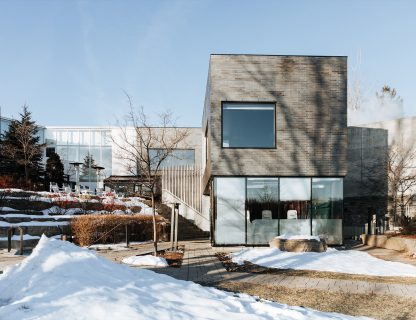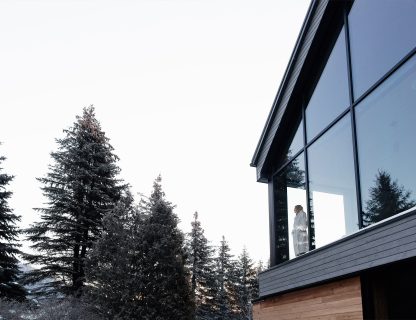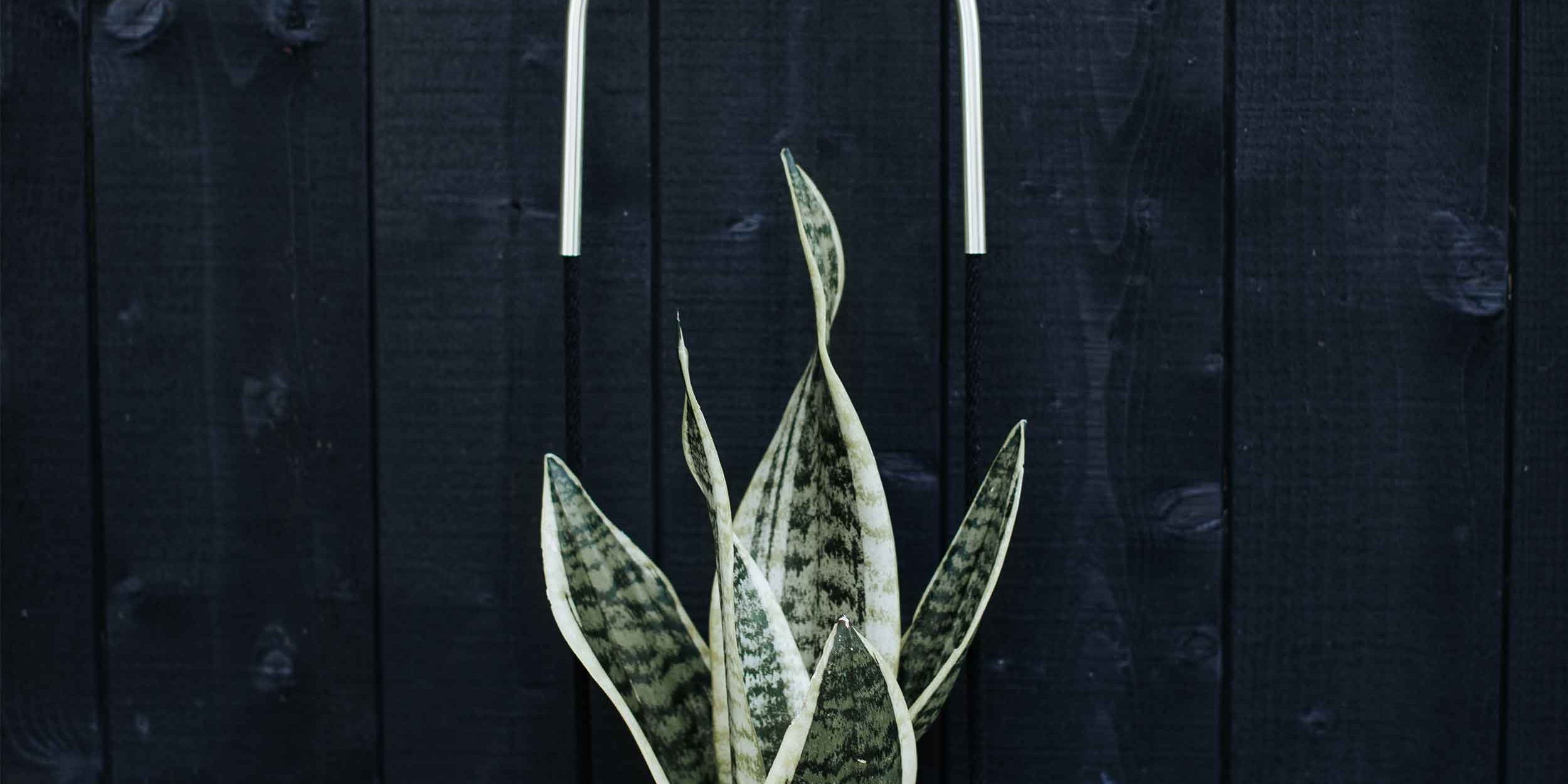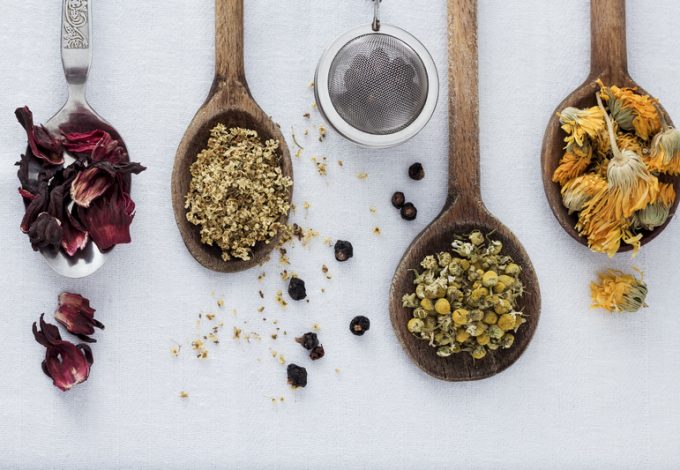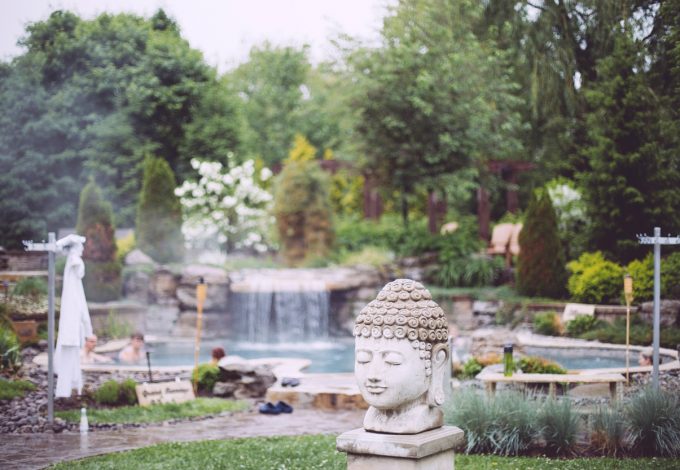IMITATING NATURE — Fluctuating between shades of grey and white, winter is often hard on our morale, especially when the days are at their shortest. In the depths of winter, creating a little green oasis at home is a salve for our daily lives that reminds us that we too need to slow down. Even for the most experienced among us, keeping our plants healthy during winter can be difficult. Fortunately, some of them are fail-safe.
BOWSTRING HEMP
The bowstring hemp, also called “snake plant” and “mother-in-law’s tongue,” is a plant that adapts to all levels of light. It can be placed near a south-facing window or in the darkest corner of a room. The only thing to remember is that they don’t tolerate heavy watering. You should therefore let the soil fully dry out between waterings.
PEACE LILY
Peace lilies (Spathiphyllum) will forgive forgotten waterings as much as they will excessive watering while producing beautiful white flowers. This is one of the few houseplants that can bloom indoors without forcing. You just need to keep in mind that they don’t tolerate direct sunlight. You should keep them a small distance from windows or in an east-facing room.
POTHOS
Finally, the pothos is without a doubt the easiest houseplant to care for at home. This climbing plant is often the first success for those who don’t have a green thumb. It tolerates all types of sunshine and watering and can be easily propagated by putting a stem cutting in a glass of water.
A SLOW PACE THAT INSPIRES US
Sunlight hours are the primary factor determining the speed of plants’ metabolic activity. When fall sets in, plants begin to slow down until they come to an almost complete stop in late December. Some plants are dormant from November to February. This period requires allowing the soil time to dry out and, consequently, less frequent watering. To successfully keep our plants healthy, it’s essential to respect this rhythm, which also encourages us to slow our own tempo during a season that’s sometimes difficult to get through. When the days begin to lengthen, metabolic activity gradually picks up. New leaves will start to appear and growth resumes. If you take the time to look, you can admire this little natural spectacle that, after a period of rest, is quietly coming back to life, one leaf at a time.
